What Is A Mirrorless Digital Camera ?
A mirrorless digital camera is a type of camera that does not have a mirror mechanism like traditional DSLR (Digital Single-Lens Reflex) cameras. Instead, it uses an electronic viewfinder or the camera's LCD screen to display the image being captured. Mirrorless cameras are typically smaller and lighter than DSLRs, making them more portable and convenient for travel or everyday use. They also offer advanced features such as interchangeable lenses, high-resolution image sensors, and various shooting modes. Mirrorless cameras have gained popularity among both amateur and professional photographers due to their compact size, versatility, and image quality.
1、 Definition and Function of Mirrorless Digital Cameras
A mirrorless digital camera is a type of camera that does not have a mirror mechanism like traditional DSLR cameras. Instead, it uses an electronic viewfinder (EVF) or a rear LCD screen to display the image that the camera sensor captures. This design allows for a more compact and lightweight camera body compared to DSLRs.
Mirrorless cameras have gained popularity in recent years due to their advanced features and portability. They offer high-quality image sensors, interchangeable lenses, and advanced autofocus systems, making them suitable for both professional and amateur photographers. The absence of a mirror mechanism also allows for faster continuous shooting speeds and silent operation, which is advantageous in certain situations such as wildlife photography or shooting in quiet environments.
One of the key advantages of mirrorless cameras is their ability to provide a real-time preview of the image through the EVF or LCD screen. This allows photographers to see the exposure, white balance, and other settings in real-time, making it easier to achieve the desired result without the need for trial and error. Additionally, the EVF can display additional information such as histograms, focus peaking, and grid lines, aiding in composition and exposure control.
Mirrorless cameras also offer the advantage of video recording capabilities. Many mirrorless cameras are capable of shooting high-quality 4K videos, making them a popular choice among videographers as well.
In recent years, mirrorless cameras have seen significant advancements in autofocus technology, with some models offering advanced tracking and eye detection capabilities. This makes them highly suitable for capturing fast-moving subjects or portraits with precise focus.
Overall, mirrorless digital cameras offer a compact and versatile alternative to traditional DSLRs, providing high-quality images, advanced features, and ease of use. With continuous advancements in technology, mirrorless cameras are expected to continue evolving and gaining popularity in the future.
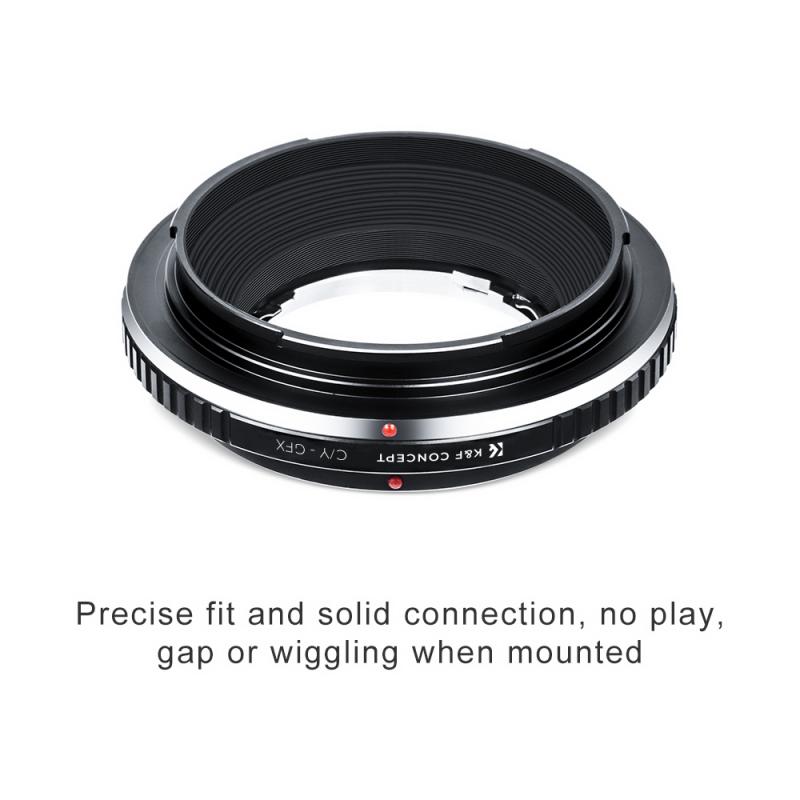
2、 Key Features and Advantages of Mirrorless Digital Cameras
A mirrorless digital camera is a type of camera that does not have a mirror mechanism like traditional DSLR cameras. Instead, it uses an electronic viewfinder (EVF) or a rear LCD screen to display the image that the sensor captures. The absence of a mirror allows for a more compact and lightweight design compared to DSLRs.
One of the key features of mirrorless digital cameras is their ability to provide real-time feedback through the EVF or LCD screen. This allows photographers to see exactly how the image will turn out before they even press the shutter button. Additionally, mirrorless cameras often offer advanced autofocus systems that can track subjects with precision and speed.
Mirrorless cameras also have the advantage of being more silent compared to DSLRs, as there is no mirror flipping up and down during each shot. This makes them ideal for situations where discretion is required, such as during weddings or wildlife photography.
Another advantage of mirrorless cameras is their video capabilities. Many mirrorless cameras offer 4K video recording, allowing users to capture high-quality footage. The absence of a mirror also means that the camera can continuously autofocus during video recording, resulting in smoother and more accurate focus tracking.
In recent years, mirrorless cameras have seen significant advancements in terms of image quality and performance. Manufacturers have been able to improve the speed and accuracy of autofocus systems, increase the resolution of sensors, and enhance the overall image processing capabilities. This has made mirrorless cameras a viable option for professional photographers who require high-quality images and advanced features.
Overall, mirrorless digital cameras offer a compact and lightweight alternative to DSLRs, with advanced features and improved image quality. They are particularly well-suited for travel photography, street photography, and videography.

3、 Comparison with DSLR Cameras: Mirrorless vs. DSLR
A mirrorless digital camera is a type of camera that does not have a mirror mechanism like traditional DSLR (Digital Single-Lens Reflex) cameras. Instead, it uses an electronic viewfinder or LCD screen to display the image that the sensor captures. This design allows for a more compact and lightweight camera body compared to DSLRs.
Mirrorless cameras have gained popularity in recent years due to their portability and advanced features. They are equipped with interchangeable lenses, allowing photographers to have a wide range of options for different shooting situations. Additionally, mirrorless cameras often have faster autofocus systems and continuous shooting speeds, making them suitable for capturing fast-moving subjects.
One of the main advantages of mirrorless cameras is their ability to provide a real-time preview of the image through the electronic viewfinder or LCD screen. This allows photographers to see the exposure, white balance, and other settings in real-time, making it easier to achieve the desired result without the need for post-processing.
When comparing mirrorless cameras to DSLRs, there are a few key differences to consider. Mirrorless cameras tend to have a smaller sensor size, which can affect image quality, especially in low-light conditions. However, advancements in sensor technology have narrowed this gap, and many mirrorless cameras now offer excellent image quality.
Another difference is the availability of lenses. DSLRs have been on the market for a longer time, so there is a wider range of lenses available for DSLR systems. However, mirrorless camera manufacturers have been rapidly expanding their lens lineups, and there are now many high-quality lenses to choose from.
In terms of size and weight, mirrorless cameras have a clear advantage. They are generally smaller and lighter than DSLRs, making them more convenient for travel and everyday use. This compact size also makes them more discreet for street photography or other situations where a smaller camera is preferred.
Overall, mirrorless cameras offer a compelling alternative to DSLRs, especially for photographers who prioritize portability and advanced features. With ongoing advancements in technology, mirrorless cameras continue to improve, and their popularity is expected to grow in the coming years.
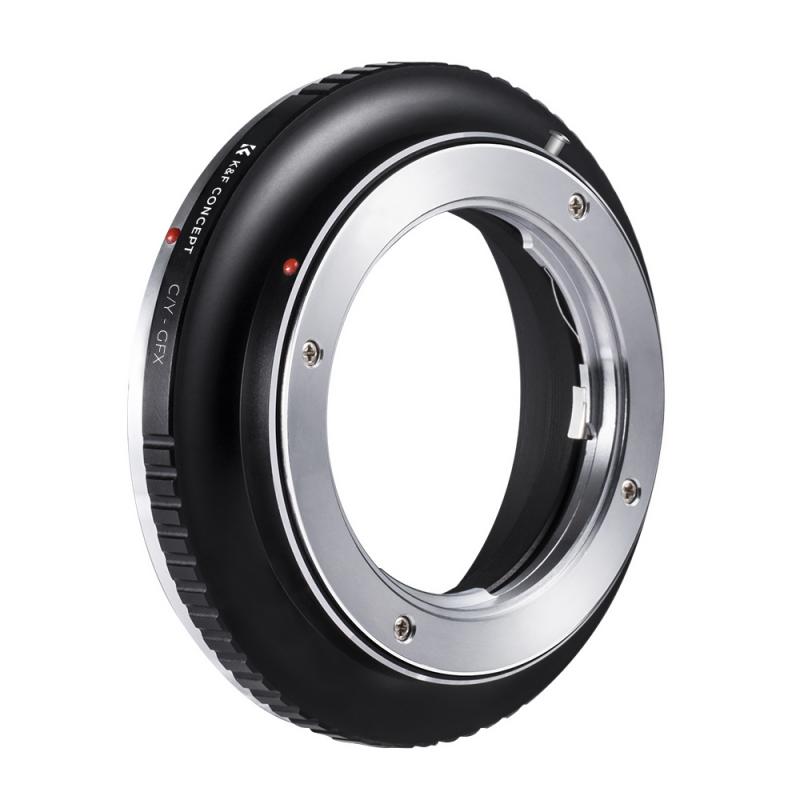
4、 Popular Mirrorless Camera Brands and Models
A mirrorless digital camera is a type of camera that does not have a mirror mechanism like traditional DSLR cameras. Instead, it uses an electronic viewfinder (EVF) or a rear LCD screen to display the image that the sensor captures. This design allows for a more compact and lightweight camera body compared to DSLRs.
Mirrorless cameras have gained popularity in recent years due to their versatility and advanced features. They offer interchangeable lenses, allowing photographers to choose the lens that best suits their needs. Additionally, mirrorless cameras often have faster autofocus systems and continuous shooting speeds, making them ideal for capturing fast-moving subjects.
Some popular mirrorless camera brands include Sony, Fujifilm, Panasonic, Olympus, and Canon. These brands offer a range of models to cater to different skill levels and budgets. For example, Sony's Alpha series, such as the Sony Alpha a7 III, is highly regarded for its full-frame sensor and excellent image quality. Fujifilm's X series, like the Fujifilm X-T4, is known for its retro design and film simulation modes.
In recent years, Canon and Nikon, two major DSLR manufacturers, have also entered the mirrorless market. Canon's EOS R series, including the Canon EOS R5, offers high-resolution sensors and advanced video capabilities. Nikon's Z series, such as the Nikon Z7 II, boasts impressive image quality and a wide range of compatible lenses.
Overall, mirrorless cameras have become a popular choice for both amateur and professional photographers due to their compact size, advanced features, and excellent image quality. As technology continues to advance, we can expect further improvements in mirrorless camera performance and features.
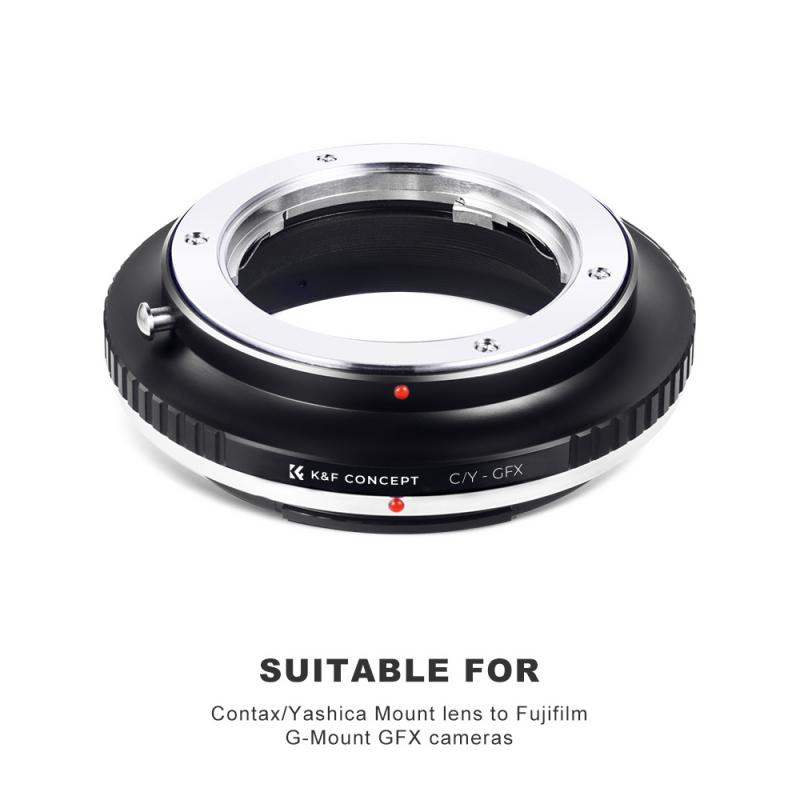










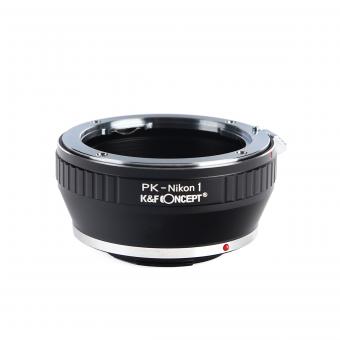


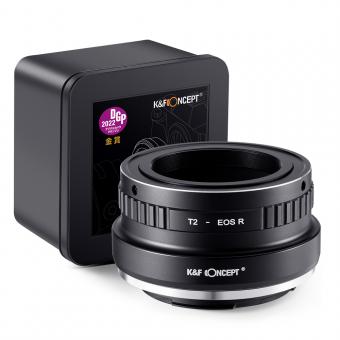




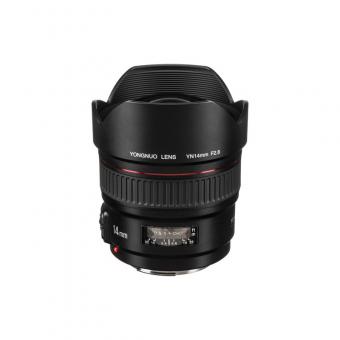

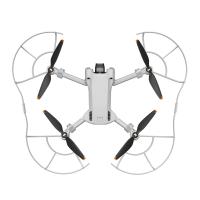
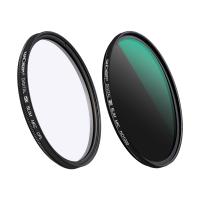

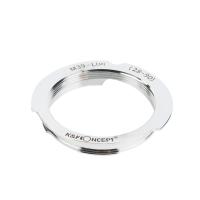






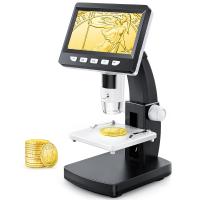
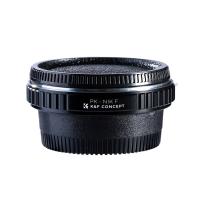
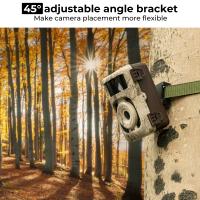

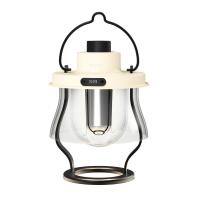



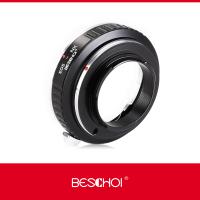

There are no comments for this blog.